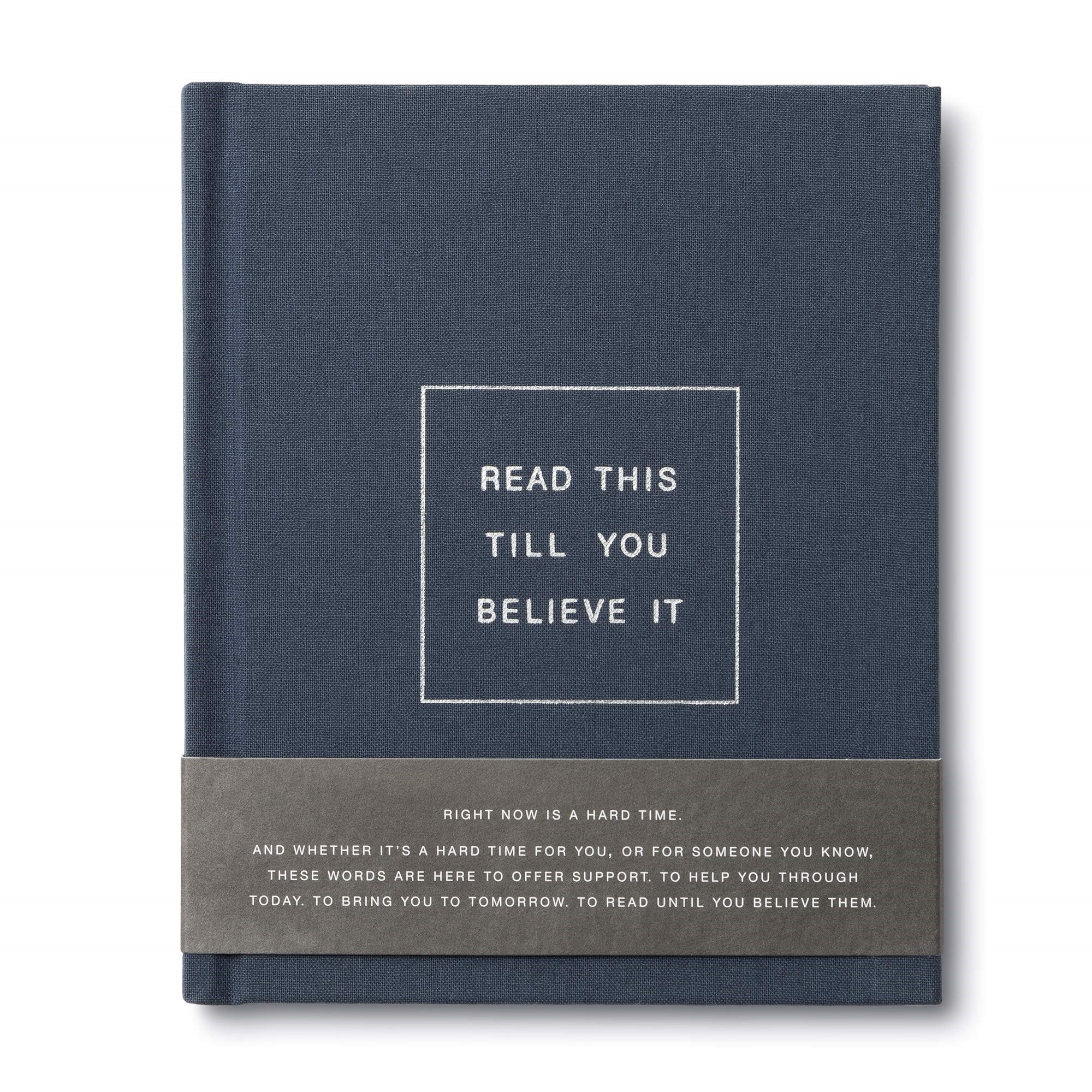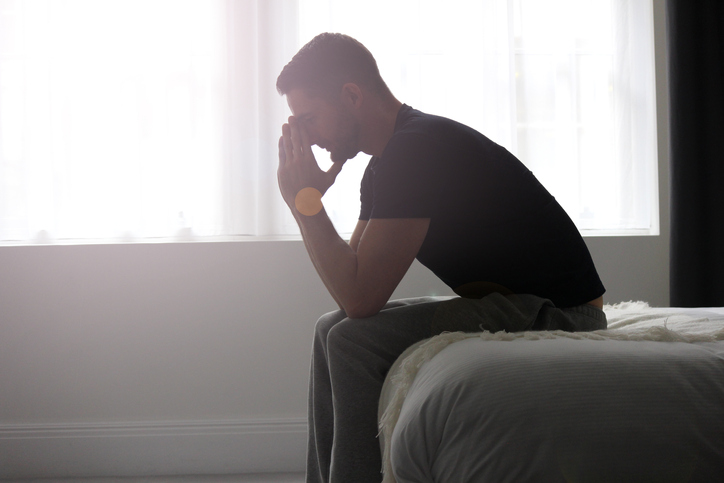“Celebrations of Life,” Funerals, and the Need for Ritual
When I was growing up and someone died, we spent a lot of time at the funeral home. Between the ages of 10 and 12, both of my maternal grandparents died along with a maternal uncle. My memory is that for each there were two evenings of public visitation at the funeral home followed by a funeral on the third day. For each occasion, the dead body was present and available for view (at least before the funeral service began). It was a lot to take in for a young boy and, I expect, for the older members of the family. This three-day ritual left no doubt someone died, who the dead person was, and both their life and death were important.
Several years ago, my father told me that things had changed in our hometown regarding how visitations and funerals were done. Most commonly, there was one time of visitation and it immediately preceded the funeral. Everything--visitation, funeral, and burial--all in a morning or an afternoon. It was much more efficient and easier to manage. Not nearly the interruption to people’s busy lives. It does beg the question if our lives were actually less busy and less full of meaningful things in years past. Still, the elements were there--visitation, funeral, and the presence of the dead body.
In recent years, I hear and see more and more about a “celebration of life” rather than a funeral following a person’s death. At the celebrations of life I have attended, the body is absent and there is no burial procession. The other trend I have noticed is one where there is “just cremation” and no following ritual at all--no gathering of the family and community to recognize the person’s life or the person’s death. While I don’t propose the universal adoption of the three-day visitation and funeral cycle of my youth and I am not opposed to cremation (my present choice for my body’s disposition), I do feel some concern about current trends for responding to a person’s death with only celebrations or no ritual gatherings at all. Whether helpless helpers, helpless grievers, or both, we often respond to helplessness with anger. It hurts, and we protest internally, to our close circle, and sometimes to the world. Being helpless is hard to accept, and we protest to see if someone, anyone, will respond to do something about it. For if they do, we are no longer as helpless as before. But in a genuinely helpless situation, there will be no rescue.
With no known exceptions (at least for me), every culture has rituals for the family and community after a person dies. And it’s not just death that motivates us to pause in ritual--it is many other times of life transition, big and small. We have graduations from preschool to graduate school. We have weddings. We do welcome breakfasts and farewell dinners for coworkers. When babies are on the way and arrive, we have baby showers and ceremonies to bless and incorporate the new arrivals into our communities and traditions. In our political lives, we gather to swear in and inaugurate. Sadly, divorce is the one striking life-transition for which we have failed to develop a supportive ritual and we suffer for this absence. Being helpless in one area of life does not mean, thankfully, that we are helpless in all areas. Much good has come in the world when people helpless to change the past have dedicated themselves to making a difference in the future for themselves and for others. Perhaps we can help someone else avoid what we experienced. Such actions do not change the facts of the past, but they can change the meaning of the past. And that is no small thing.
There seems some fundamental human wisdom here. When there are major life transitions, we need to pause to reflect on how the world was before and how it is different now. And when we so pause, we need our community with us for witness and support. Cultures around the world and throughout history have done this even as their rituals have changed and evolved. We need rituals to help us hold these big changes and to remind us of our connections to our communities, our histories, and the ways that we make meaning of life.Recently, I had a question following a grief/loss presentation: How can we help a grieving friend get help when they don’t want to seek help? Good question with no easy answers. I was reminded of a time when a coworker and I were reflecting on a period filled with losses of dreams, health, and life. How could we support others and get through this whole? One suggestion was to get better at feeling and being helpless.
The increasing absence of ritual following death is worrisome. We need the pause, the opportunity to reflect, the chance to remind ourselves of what was but is no more, and the encouragement that meaningful life persists. We also need our community and the opportunity to share stories, hugs, and knowing glances. What might happen if instead of responding with anger and protest, blame and guilt, or frantic anxiety, we found another way? What if we allowed and accepted feeling helpless? For us helpers, a consequence would be that we would not add our helpless anxiety to the anxiety already felt by those we are trying to help. Perhaps reconciling with our helplessness could actually make us more helpful. And for us grieving people, making a truce with the true helplessness of our situation might free up energy for making other areas of our lives truly better.
Sometimes we hear someone say something like, “When I die, no crying and being sad, just one big party.” Of course, this is silly. For one, the dead don’t get to decide what is best for the living. For another, if you and your life are worthy of a party, you and your life are also worthy of tears and sadness in your loss. No picking and choosing, no either/or thinking that it must be one of the other--sadness or celebration. Life (which includes death) is a package deal, and we do well to recognize and respond accordingly. As noted in the wonderful juvenile novel, Each Little Bird That Sings, life if complicated--life in all of its “messy glory.”
Which brings us to “celebrations of life.” I’m for that. In my work, over and over I have opportunity to remind grieving people that the fact that someone died is important, and how they died is important, but the most important fact is that the person lived. So let us celebrate a person’s life, but let us not do so without some needed acknowledgement and grappling with the reality of the person’s death. We need to do both. We need to remember and be grateful for lives that blessed us and continue to bless us, and we need to look into the mirror of our mortality and the holes in our hearts with our wonderings and grief, not alone, but hand in hand with those who love us.
“Celebrations of life” or funerals? Yes.

Greg Adams, LCSW, ACSW, FT
Program Coordinator
Center for Good Mourning
[email protected]






